The 18th of October marked a special day in Astronomy - that was the day that the first alien object entered our solar system. The object is nothing special in itself - it is just an asteroid, made mostly out of frozen water. What surprised observers most of all was the special organic coating on the asteroid's outer shell that protected its frozen water from the sun's rays. That means that the object could be traveling through space for millions of years.

Scientists were at first fascinated by this object - called "Oumuamua," because it was the first alien object to enter our solar system. While that discovery was alone big enough, there was a second, even larger discovery that startled researchers.
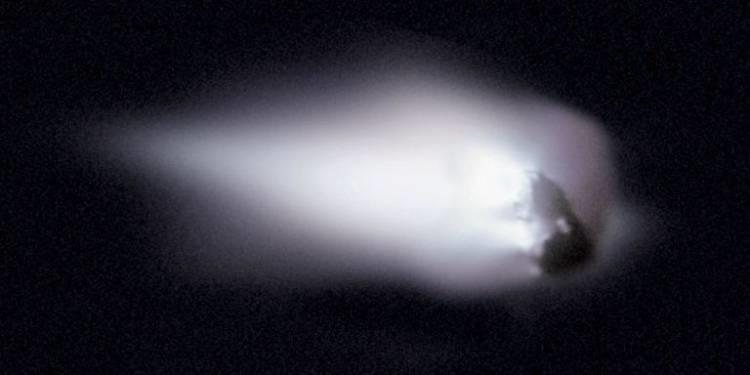
The second discovery regarding this new type of alien object in our solar system had something to do with a strange organic coating that formed the object's shell. According to scientists, the coating acts almost like a shield to the alien object.
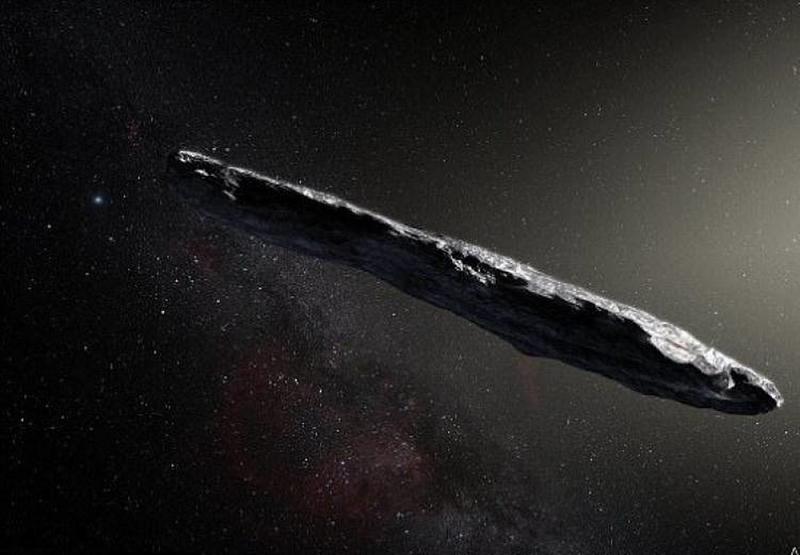
This strange and alien object story gets even weirder once you learn that the object got here from another start in our galaxy. No one exactly knows whether the object navigated on its own, or was guided by gravitational waves from different planets.

The object that entered our solar system is currently being classified as an asteroid. Its name "Oumuamua" means "messenger from afar" in Hawaiian. The object got its name in that language because it was first spotted from the island in the Pacific.
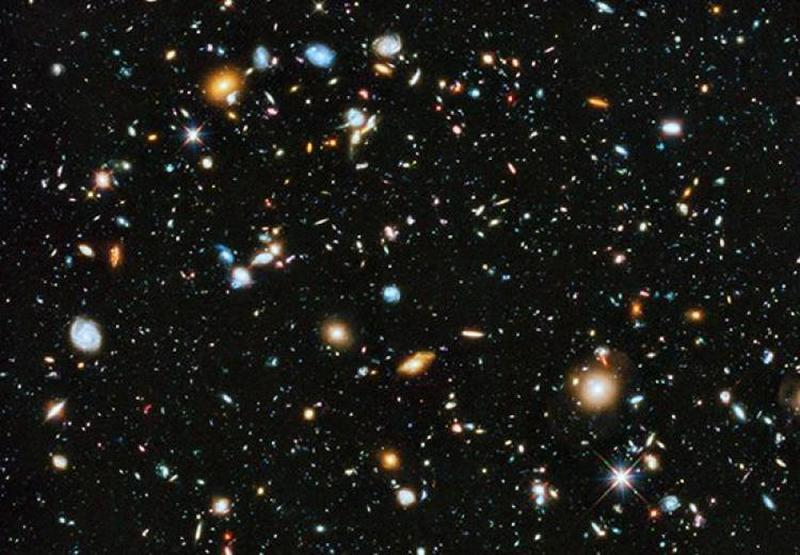
Due to its excellent location in the Pacific ocean and the low amount of light-noise, Hawaii is some to a record number of telescopes. One of those telescopes was the first to spot the alien object on 18 October. Afterwards, the asteroid was spotted 34 more times.
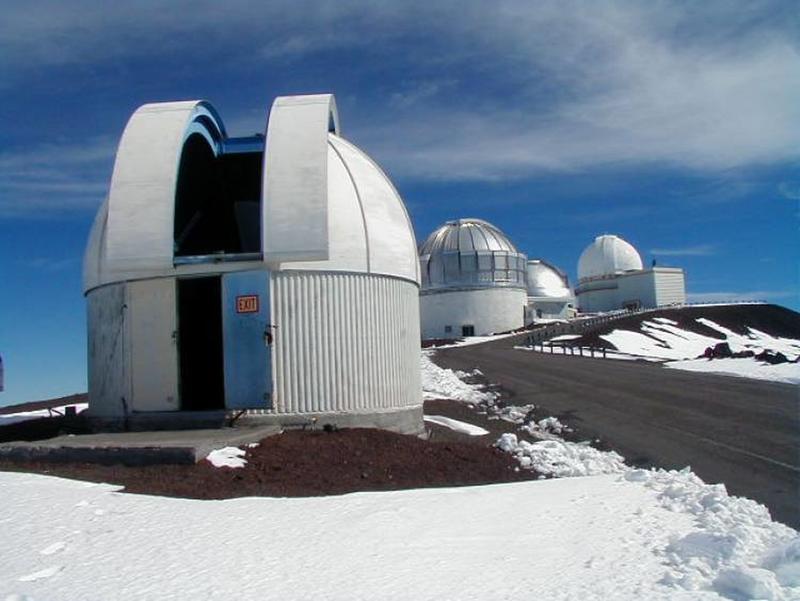
Since the object is being classified as an asteroid, that means that the bulk of its body is going to be made out of ice - as all asteroids in the universe. The only major difference is the organic coating that is found in the object's outer layer.

According to experts who have been analyzing various data available regarding this object, they say that the primary reason why the object didn't lose the bulk of its mass when it passed close to the sun, is because of the coating that safeguards the ice from the sun's rays.
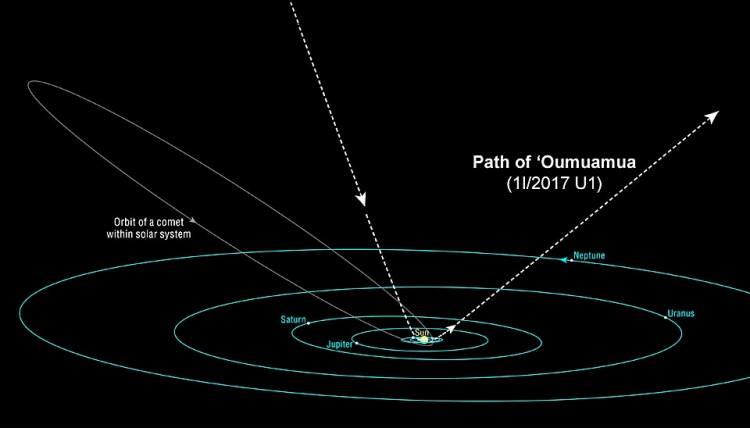
According to Alan Fitzsimmons from the Queen's University Belfast, "In the end, this was a nice result because we've expected all along that the majority of objects that would visit our solar system, would be icy in nature."
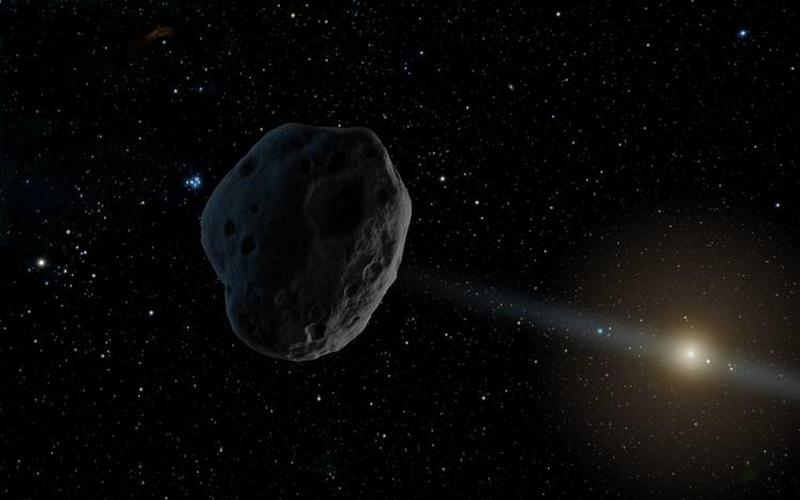
NASA has also come out with their own press release regarding this object. They said "or decades we've theorized that such interstellar objects are out there and now - for the first time - we have direct evidence they exist. This history-making discovery is opening a new window to study the formation of solar systems beyond our own."
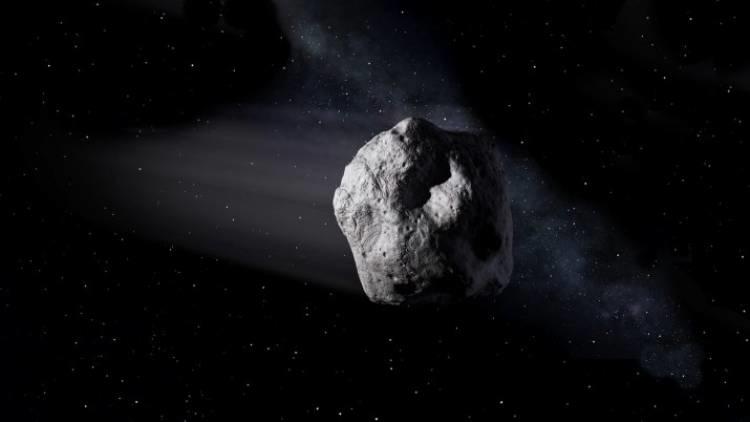
Although we have some data regarding the object (like its ice-based mass and organic coating), according to scientists, if humanity can harvest some more information regarding the object's origin, that could be of great help to research that is being done on Earth.
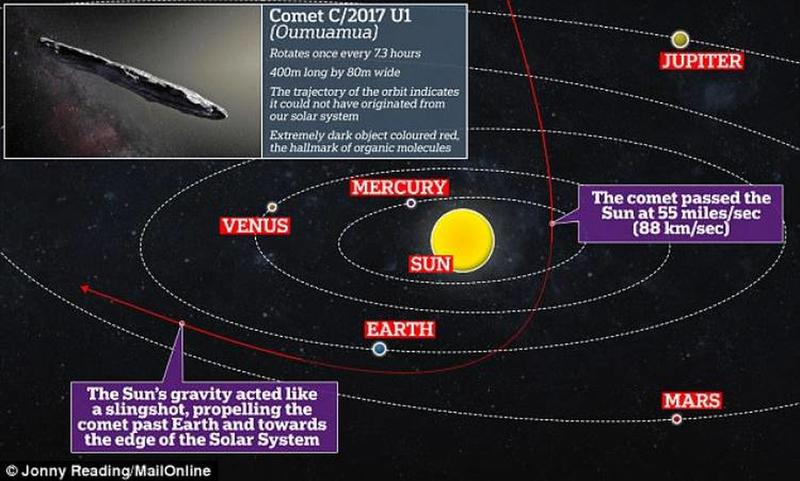
One of the reasons why we don't have any more information regarding the nature and origin of their asteroid is that it has already passed onto the other side of our solar system, meaning our instruments here on Earth can't detect as much data as before.
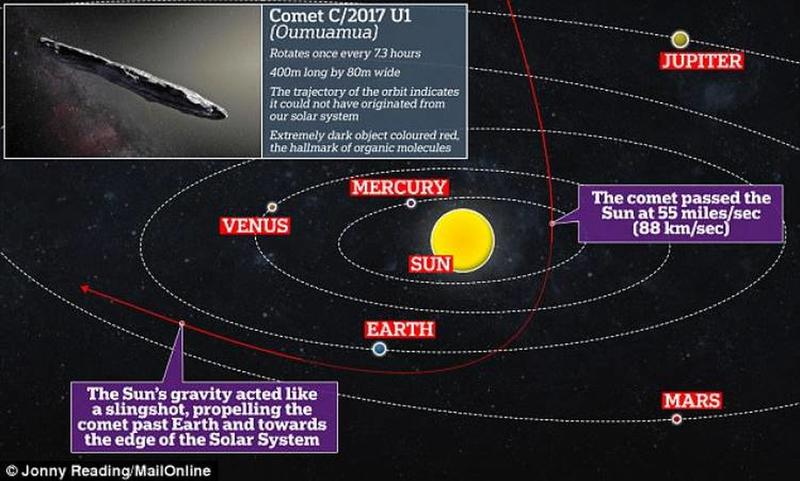
Another characteristic regrind the asteroid is its strange, elongated shape. According to Astronomer David Jewitt from the University of California in Los Angeles, "I'm surprised by the elongated shape - nobody expected that." While the shape is different than expected, it is nothing to worry about.
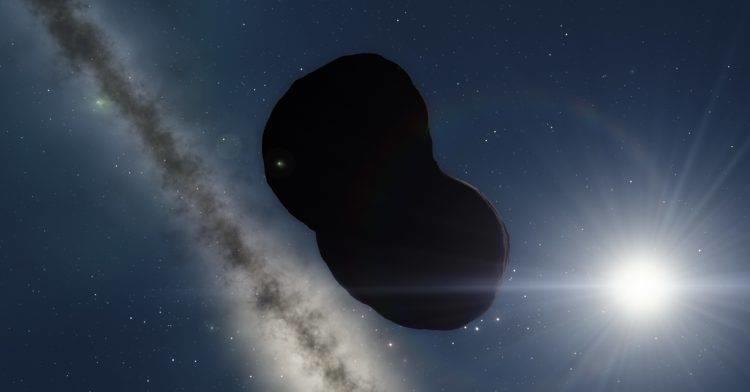
Jewitt, the astronomer who was surprised by the shape of the object, spend about five nights in October tracking the object as it passed through our side of the solar system. According to his math, the object is roughly 100 ft. by 100 ft. by 600 ft. in size.
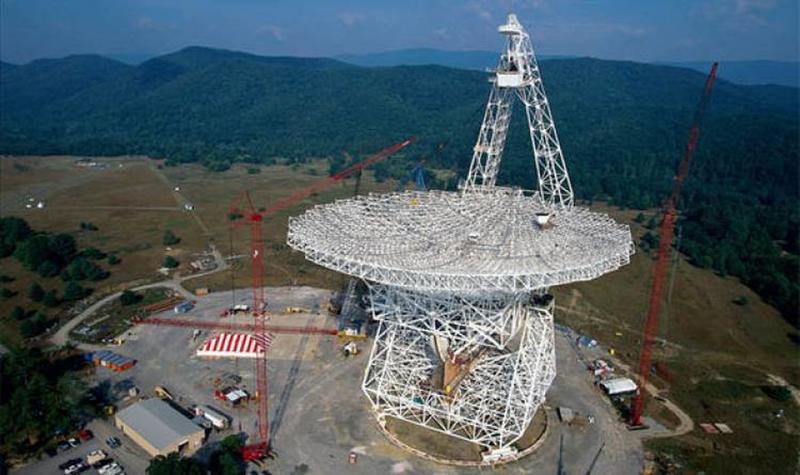
The object gave away red and pale pink hues on the scanners that observed it. That is the exact same color range that asteroids that originate from our own solar system give out. It seems that asteroids are similar between themselves no matter their origin.

According to Astronomer Jayadev Rajagopal, "It's exciting to point the Arizona telescope at such a tiny object which, for all we know, has been traveling through the vast emptiness of space for millions of years and then by luck, passes close enough for me to be able to see it that night!"
